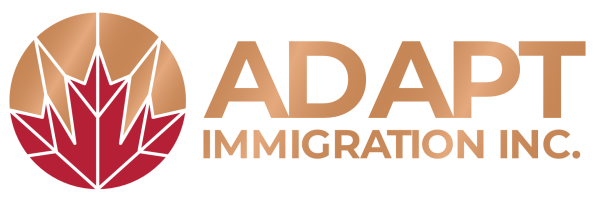What’s New in Canada’s Immigration Levels Plan 2026–2028
The federal government has set PR targets at 380,000 for 2026, with economic immigration accounting for 64% of all admissions — up from 59% in previous years. Temporary resident admissions, including study and work permits, will be reduced. International students will be capped at 155,000, and temporary foreign workers at 230,000.
Importantly, the plan introduces a pathway for up to 33,000 work permit holders to transition directly to permanent residence in 2026–2027, highlighting the value of individuals already contributing to Canada’s economy.
How the Canada Immigration Levels Plan 2026–2028 Affects Those Already in Canada
For entrepreneurs, skilled workers, and business immigrants already in Canada, the plan reinforces the importance of aligning your status with economic priorities. Being physically present in Canada, working, or investing can improve eligibility for PR through the new pathways and existing programs.
Economic Immigration Takes Priority
With a higher proportion of PR admissions allocated to economic streams, Canada continues to prioritize applicants who can demonstrate economic impact, whether through skills, investment, or business activity. Entrepreneurs should focus on innovation, scalability, and job creation to meet eligibility criteria for programs like the Start-Up Visa (SUV) or Intra-Company Transfer (ICT).
Pathways to PR for Work Permit Holders
The plan’s new pathway for work permit holders emphasizes the value of temporary residents who are already integrated into the Canadian workforce. Strengthening your profile now — through continued work experience, education, or business activity — can improve your chances of transitioning to permanent residence.
Regional and Sector-Based Opportunities Under the New Plan
Canada continues to target regional labour shortages and rural community development. Entrepreneurs and professionals who invest or operate in underserved regions, or align with growth sectors, may have a strategic advantage in securing PR under economic immigration streams or pilot programs like the Rural Community Immigration Pilot (RCIP).
What This Means for You
The Canada Immigration Levels Plan 2026–2028 provides stability and clarity, particularly for those already in Canada. It rewards applicants who are proactive, economically engaged, and aligned with the country’s priorities.
At Adapt Immigration, we advise individuals and entrepreneurs to:
Assess your long-term immigration pathway
Strengthen your economic and professional profile
Plan strategically for eligibility under economic immigration or temporary-to-PR programs
Canada continues to welcome those who contribute meaningfully to its growth. For applicants already in Canada, planning and alignment with the new immigration levels plan will be critical to success.
Learn more at www.adaptimmigration.com
